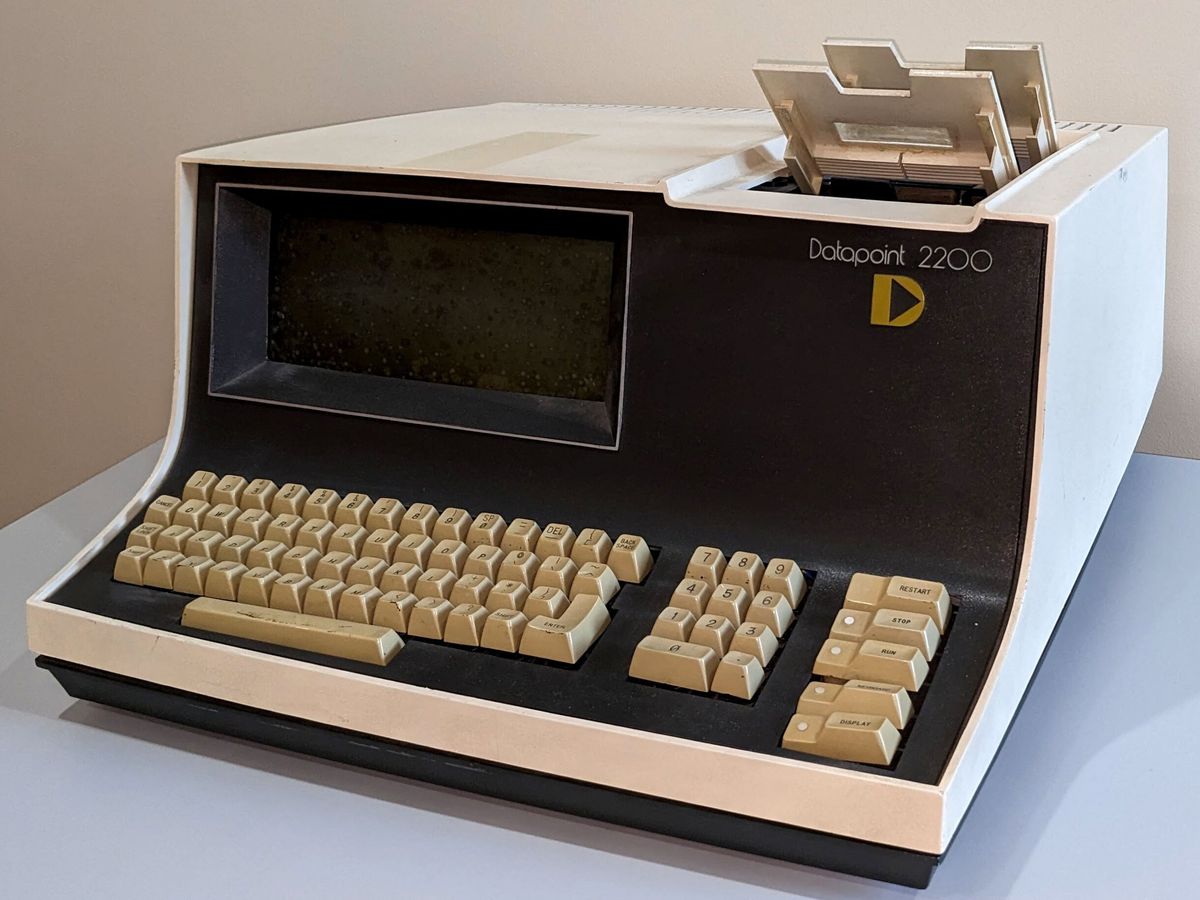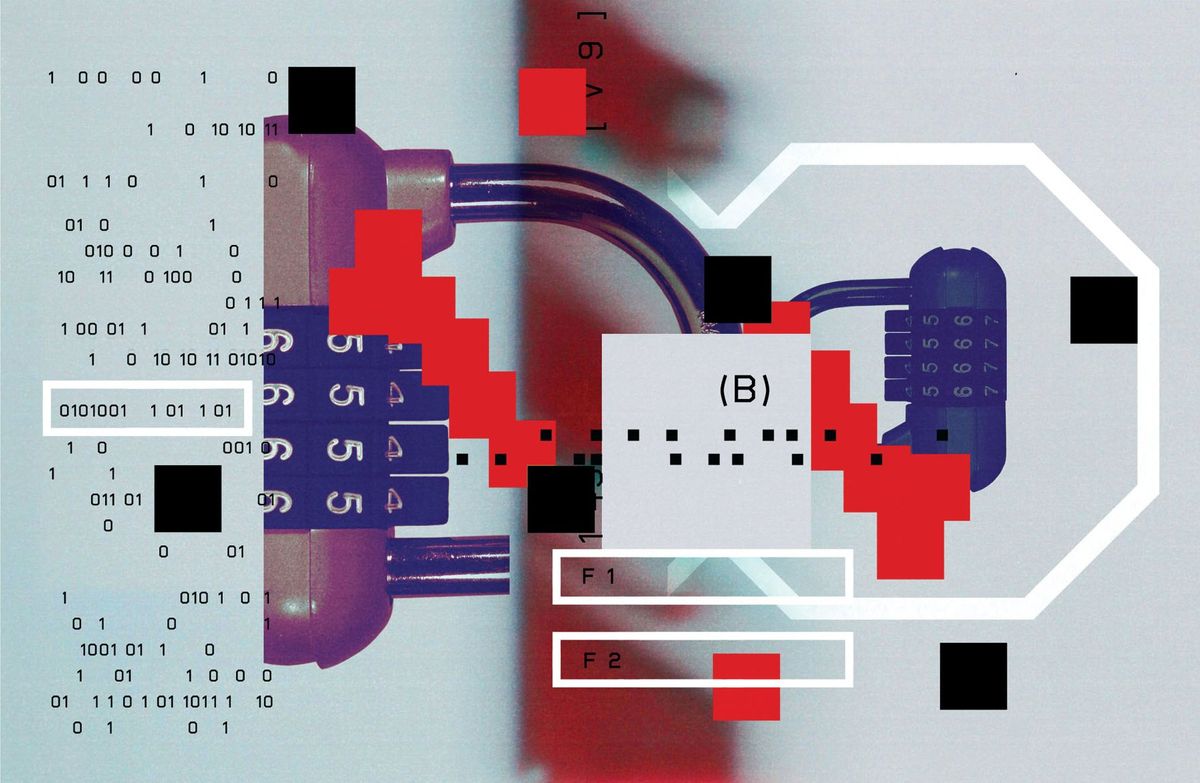Let’s face it. Solar power at this point seems to attract users from those who are affluent enough to have their social conscience trump their pocketbook.
As I’ve noted previously here the technology for photovoltaics has to bring us to a third generation solar cell that is both cheap to produce and highly efficient for it to start making financial sense. And when I am talking about efficiency I mean exceeding the 32% Shockley-Queisser Limit.
As I’ve noted the nanomaterials that seems to promise the best hope for achieving this breakthrough are quantum dots. Quantum dots look to be able to do this through either electron multiplication or creating so-called “hot carrier” cells.
Electron multiplication involves making multiple electron-hole pairs for each incoming photon while with hot carrier cells the extra energy supplied by a photon that is usually lost as heat is exploited to make in higher-energy electrons which in turn leads to a higher voltage. In July this year, researchers at the University of Minnesota and Texas were able to achieve this capturing of heat energy for solar cells using quantum dots. Now researchers at the University of Wyoming are pursuing a variation on electron multiplication by harnessing highly energetic photons (possessing more than twice the energy needed to free an electron) to free two electrons rather than one and thereby doubling the current generated.The nanomaterial used once again was quantum dots. In this case the researchers coated a titanium dioxide electrode with a single layer of quantum dots. When the researchers shined light from the blue end of the spectrum on the material, they collected twice as many electrons as the number of absorbed photons. Leading them to conclude that each photon was generating two electrons.
Still the efficiency is not very high, and the researchers expect that if they can get to a 12 to 15% efficient solar cell that is produced at the cost of newsprint, they have something with commercial potential.
I still think that we should be looking at exceeding the Shockley-Queisser Limit and be able to do it with extremely cheap production techniques and then maybe we can break the stranglehold fossil fuels have on our energy solutions.
Dexter Johnson is a contributing editor at IEEE Spectrum, with a focus on nanotechnology.




